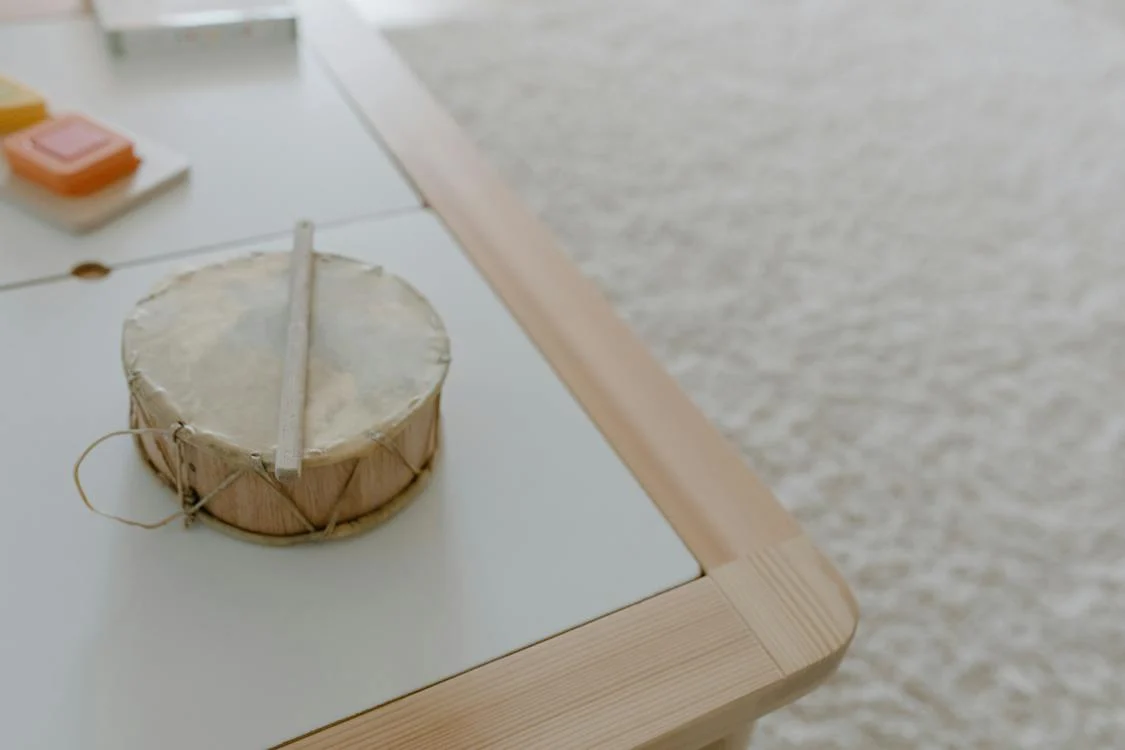The talking drum is an hourglass-shaped percussion instrument that originated from West Africa. This talking drum, sometimes called Dundun or Gangan, plays an essential role in laying the rhythmic foundation for the lead drums to talk and interact in their environment. Also, this drum holds a significant place in Yoruba culture, folklore, poetry, proverbs, and their daily lives.
Moreover, the talking drum is one of the oldest instruments that the African griots have used back then. The history of these west African musicians can be traced back to the Yoruba people, Bono people, Hausa people, as well as in the Ghana Empire. Thus, the Yoruba people from south-western Benin and Nigeria and the Dagomba people of Ghana have developed a genre of griot music that centers on the talking drum. Subsequently, several talking drums had emerged. Also, many hourglass-shaped drums have shown up, including the Fontomfrom, Sangban, and Ngoma Drums.
Interestingly, the African talking drum is said to have the ability to mimic the intonation, stress, tone, rhythm, and even the emotion of human speech through modulation. However, one must know that the Yoruba drumming tradition differs from the European use of drums. With that, it is simply not just about music, but a sophisticated form of language. This language usually ranges from simple to elaborately coded signals that are created by the instrument. In fact, a skilled player might be able to mimic human humming depending on the way they play the drum.
Historically, the African talking drum has been used for several different purposes like for communicating across a large distance, as a memory device to help other people remember things, and on processions or important events.The African talking drum is often used in parades. Most commonly, it is hanging over their shoulder and is squeezed between their arms and body. Meanwhile, the other drum holds the stick and positions it below the drum. With that, the length of the curved stick will reach the center of the drum’s face. Aside from proper handling, master drummers also emphasized that comfort is essential when wearing this drum since they were played for a few hours during processions.
In addition to that, the essential playing technique is to squeeze it under the player’s armpit. Along with the squeezing, another crucial thing to consider is the amount of pressure and the simultaneous beating of the drum. The various squeezing pressure that a player apply will also produce different pitches. However, when more massive talking drums are played, performers must squeeze the drums between their thighs. There are several ways that can be employed when playing the talking drum; one is through using both hands and the stick. But remember, although the drum face can be replaced after several months of playing, it can still be easily broken if the performer does not use the correct striking method. Overall, the sound of the talking drum is a mixture of melody and percussion.
In the 20th century, the use of the talking drum had been diversified and was incorporated into the popular music of West Africa. In fact, in the juju music, drums from the ensemble, like the omele, were played along with electric bass, modern synthesizers, and saxophones. The association of these smaller drum ensemble aims to follow the pitch of popular melodies. Today, the talking drum is still much associated with churches, wedding ceremonies, festivals, and carnivals in Nigeria.
Several famous musicians like King Sunny Ade, as well as Ebenezer Obey are some of the musicians who have incorporated the talking drum into juju music. Moreover, various examples of the talking drum can also be found in Western culture. For instance, Bill Kreutzmann, the drummer of the Grateful Dead band, had included the talking drum in their band’s live shows. Also, a Swedish composer, Ludwig Goransson, composed the scores of 2018’s Black Panther film, featuring the talking drum. In addition to that, the talking drum can also be heard in one of Audrey Hepburn’s movie, entitled The Nun’s Story. The talking drum is featured in the score at the scene where Sister Luke (Audrey Hepburn) arrives in the Belgian Congo.

